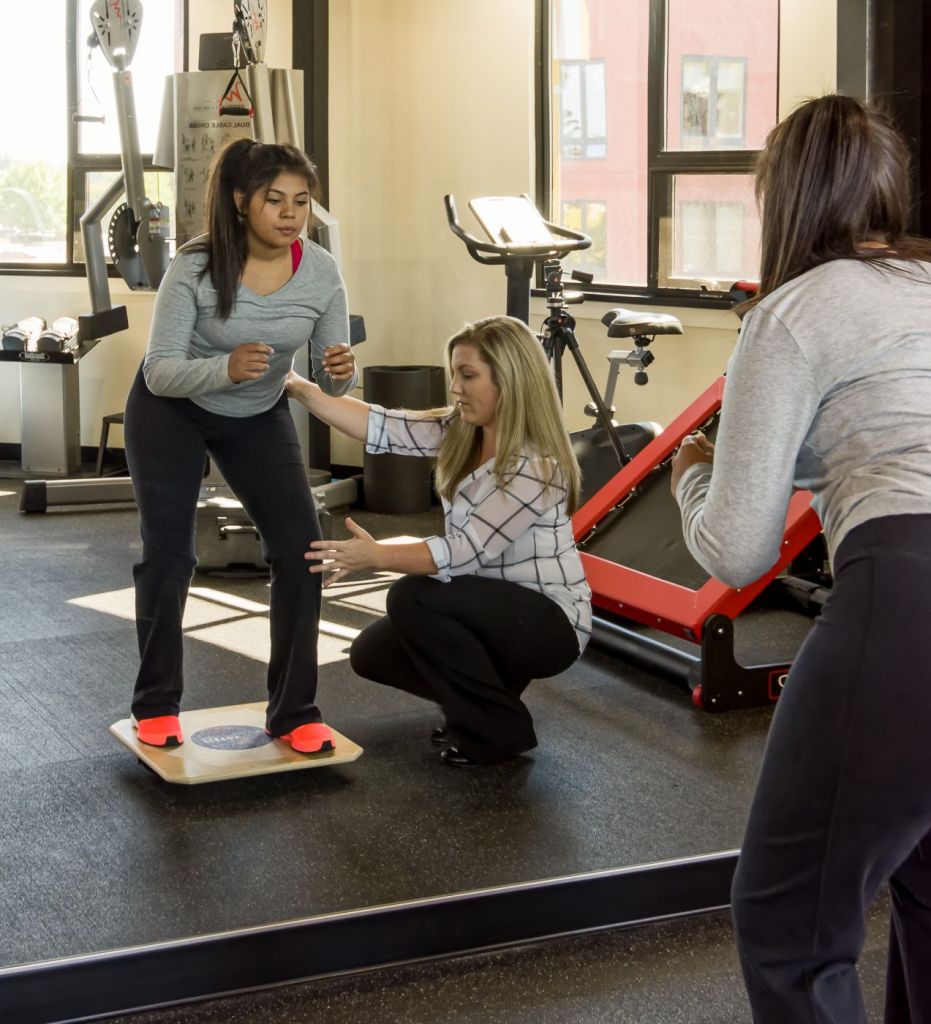In today’s professional landscape, where individuals spend extended hours behind computer screens, the prevalence of office-related discomfort and injuries is on the rise. The key to reducing long-term discomfort lies in avoiding awkward positions and maintaining a “neutral” spine. But how can you achieve this? By implementing proper ergonomics in your workstation setup and maintaining correct posture, you can attain a natural “S” curve spine, leading to a healthy and pain-free work environment.
- Ergonomic Chair Adjustment
When addressing proper ergonomics, your first step should be to assess your chair. Before making any adjustments, refer to the user manual to identify all adjustment levers. While seated, ensure that your weight is evenly distributed on the chair, with both feet firmly planted on the floor. As you sit back in the chair, maintain approximately two finger lengths of space between the back of your knee and the seat pan’s edge. Tilt your seat pan slightly forward to create a natural forward tilt. If your chair lacks a tilt adjustment lever, consider placing a fairly flat pillow across the back half of the chair to achieve this effect.
Once these adjustments are in place, you’ll naturally adopt an upright sitting posture. If your chair features a seat back adjustment lever, use it to align the seat back with the space between your waist and the bottom of your shoulder blades. If the seat back doesn’t adjust, use a cushion to bridge the gap. Adjust the seat back height to ensure that the lumbar support conforms to your back’s contour, utilizing a knob or ratchet on the chair’s back. If your chair has armrests and is primarily used for computer work, consider removing them. While your body adapts to this new posture, make it a habit to get up and move around periodically to aid in the transition.
- Optimizing Your Workstation
With your chair now set up to maintain a neutral posture, the rest of your workstation needs evaluation to maintain that posture.
- Keyboard Placement: If you frequently use a keyboard, position it at the desk’s edge with a palm rest to support your wrists. Keep your elbows close to your body and shoulders relaxed while typing. If you find yourself reaching up to access the keyboard, raise your chair and use a footrest for support. Alternatively, consider installing an adjustable keyboard tray below your desk, set at or slightly below elbow height to minimize neck and upper extremity fatigue.
- Mouse Placement: Place your mouse next to the keyboard on the same surface level to avoid unnecessary strain on your shoulders and upper back. Consider using a wrist rest for added comfort.
- Monitor Positioning: Proper monitor placement is crucial for reducing neck and upper back fatigue. Position the monitor so that the top third is at eye level. Adjust the height to accommodate corrective lenses if needed. Ensure your body is centered directly in front of both the monitor and keyboard. If you primarily use a laptop, mount it at eye level and use a separate keyboard and mouse on the writing surface.
- Document Holder: If you reference paper documents while working on the computer, place a document holder between the keyboard and monitor to keep documents in your direct line of sight.
By implementing these ergonomic adjustments in your workspace, you can significantly reduce the risk of office-related discomfort and injuries, promoting a productive and pain-free work environment. Keep a reminder pinned up near your workstation and practice these 10 tips to monitor your ergonomic and posture health. Here is a free Workstation Health Printable for you!
Moreover, for individuals who have already experienced back and neck pain or discomfort due to poor ergonomics, seeking the guidance of a physical therapist is a highly recommended option. Physical therapy can be instrumental in addressing and alleviating pain associated with musculoskeletal issues resulting from prolonged improper posture and workstation setups. A skilled physical therapist can assess your specific needs, design a personalized exercise and stretching regimen, and provide valuable guidance on posture correction techniques. With their expertise, you can regain strength, flexibility, and comfort, ultimately ensuring a sustainable, pain-free work environment that promotes long-term well-being.

Unleash Your Postural Power
At Therapeutic Associates Physical Therapy, our experts are here to help you address pain and discomfort related to improper ergonomics. Through comprehensive evaluations and personalized treatment plans, we will work with you to correct postural imbalances, alleviate pain, and improve your overall well-being.
